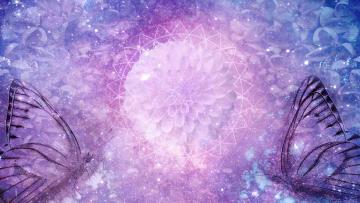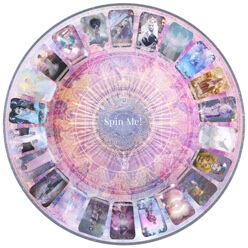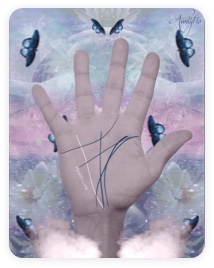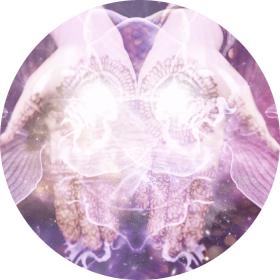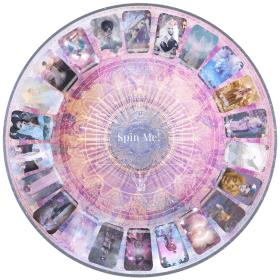Nasturtium
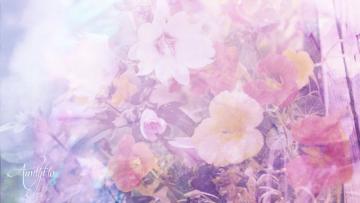
Uncover Hidden Flowers meanings
Nasturtium represents victory in battle and conquest.
But since nasturtium comes in variety of colors, it can also give off different meanings. A red nasturtium can mean courage, strength or passion. A yellow nasturtium best describes – merriment, gaiety and joy while the orange ones are more related to being energetic and creative. As you can see, the flower color of the nasturtium can greatly affect its meaning. So when you want to send a message using flowers, make sure you put the color of the nasturtium flower into consideration.
- Name: Nasturtium
- Color: The bushy and trailing varieties of Nasturtium comes in a variety of color – red, pink, orange and yellow.
- Shape: Unmistakably, the nasturtium flower looks like an open funnel with little spurs on the side.
- Fact: Native to South American countries, the nasturtiums are introduced by the Spaniards to Europe in the 1500’s. It became a symbol of power and is found in abundance on French Royal Gardens. It was also a special feature on one of United States of America president’s home (called Monetcello) Thomas Jefferson.
- The genus name of nasturtium is derived from the Latin words – Nasus Tortus – literally meaning convulsed nose. This obviously refers to the “face” that most people make after eating this spicy plant.
- Poisonous: No. In fact, the seeds, leaves as well as the Nasturtium flower can be eaten and can be found on many dishes worldwide.
- Number of Petals: It often comes with five petals but it’s not rare to see nasturtium flower with more than 5 petals.
- Victorian Interpretation: During the Victorian times, bouquets of flowers come in hidden secret codes. Men and women exchange flower to express their feelings and get to speak to one another in hidden meanings. Clearly, the nasturtium means one thing – jest. Although many Victorians regarded this flower as a “joke”, many women nonetheless took this flower to their homes to ward off odorous smells.
- Blossom Time: During summer months.
- Superstitions: The Incas believed that the sweet smelling scent of the nasturtium gives them vigor and vitality – and a deep sense of patriotism to face the enemies.
- The Shape: It has eerie similarity to a combat helmet but some describes it as trumpet shaped or butterfly-like.
- Petals: The petals of the nasturtium come in intense bright colors and are rounded. It can also be described as showy – beaming and charming when it fully blooms.
- Numerology: The nasturtium flower falls under the numerology number 3. The perfect depiction of the number 3 can be someone who is humorous, spontaneous and sociable. It can also symbolize someone who is optimistic and fun to be with.
- Color: Nasturtium comes in many shades of color and it’s often described as having jewel tone or rich colors. They can come in creamy pastel, like a soft swirled lipstick, soft primrose yellow, brilliant scarlet orange and some even come in color that resembles the vanilla float.
Herbalism and Medicine:
In many parts of the world, the nasturtium is used medicinally in different ways. In Peru, it can be dried and turn into a tea to as a remedy for respiratory problems, menstrual cramps, flue, colds and coughs.
In India, as a form of Ayurvedic medicine, its leaves are chafed on the gums in order to cleanse and stimulate it. And in most parts of the world and from different civilization, it’s interestingly coincidental that nasturtiums are used as anti-biotic by applying topically on scratches and minor cuts. It is also regarded as high in vitamin C – thus it helps boost the immune system.
Fungal infection coming from candida are relieved by the nasturtium and it’s often use for urinary tract infection as well as ailments concerning the digestive and respiratory system.
By Florance Saul
Aug 21, 2012

